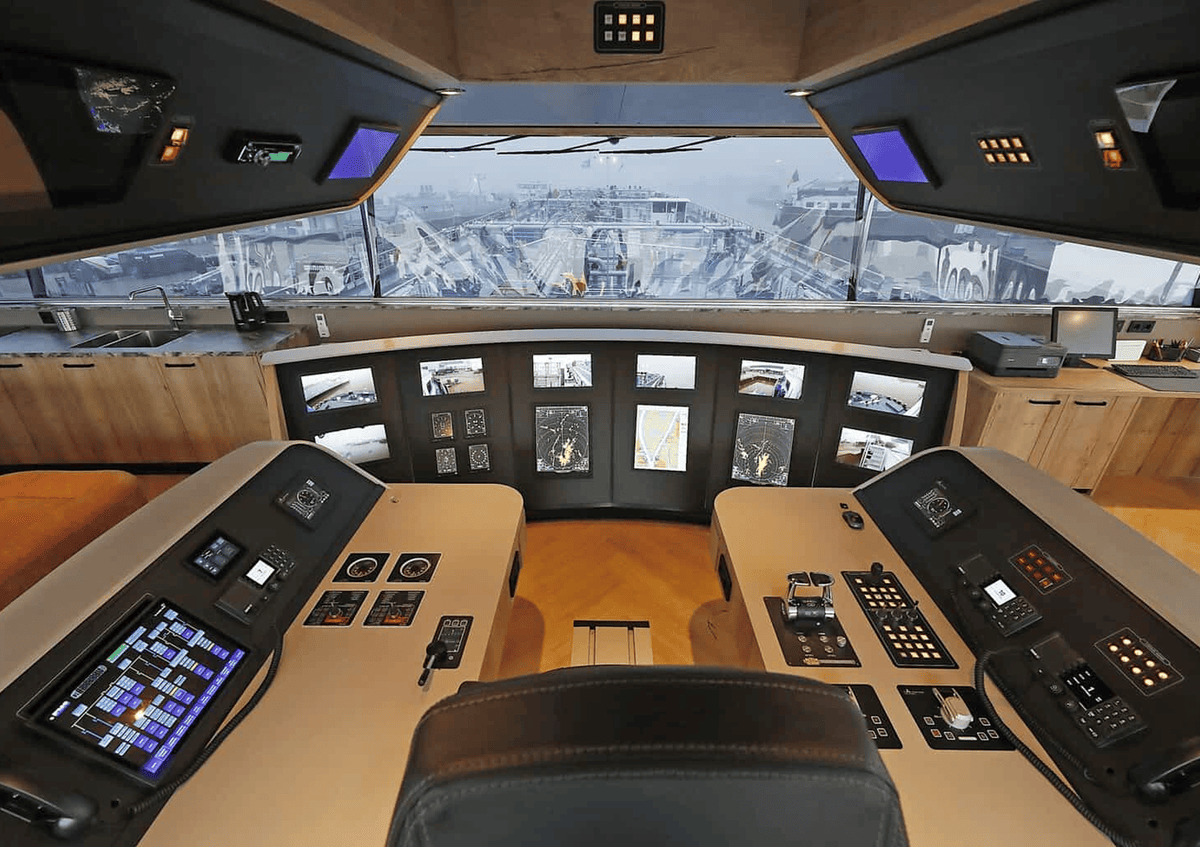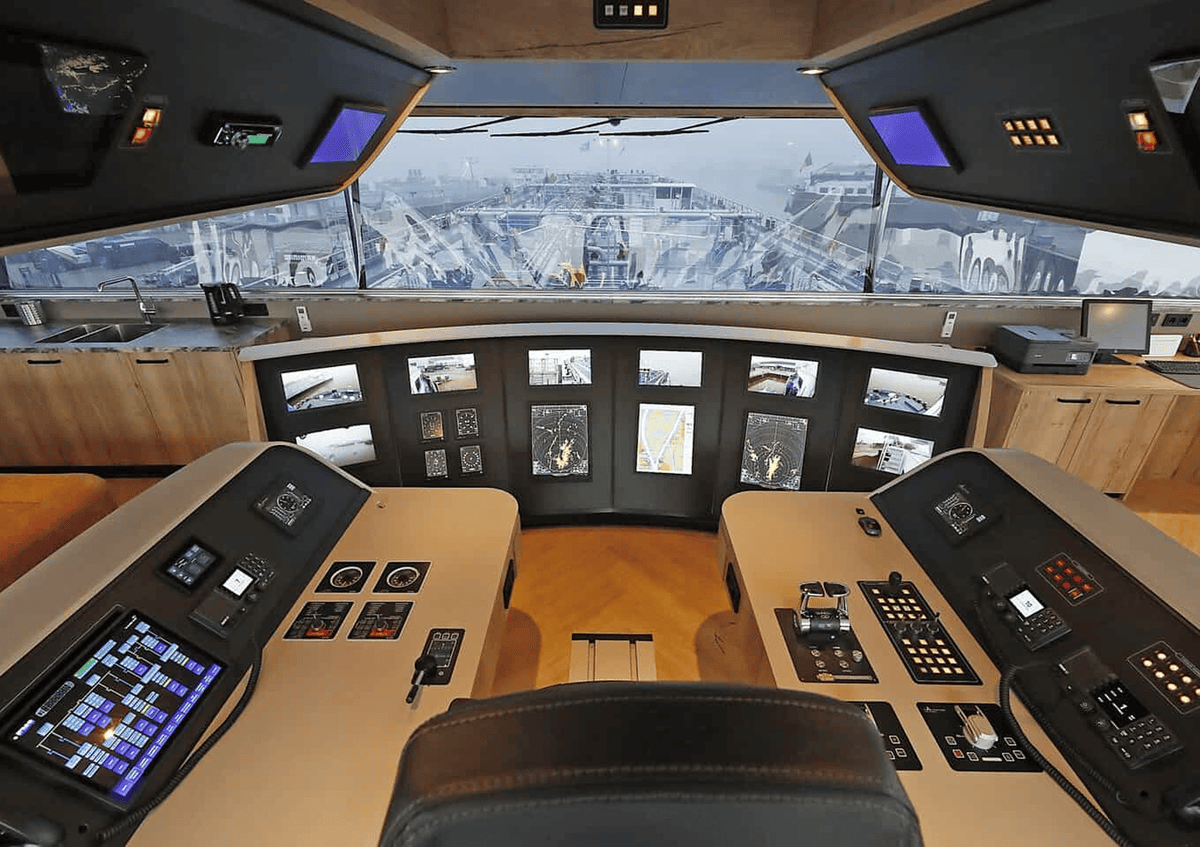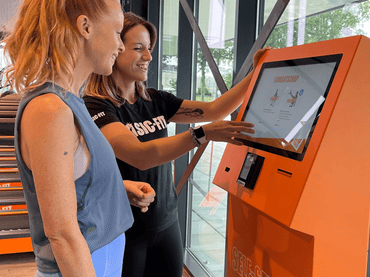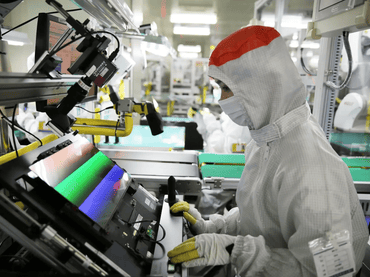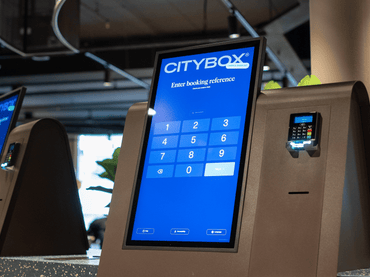Experienced Specialist in Marine Engineering
For more than 25 years, EMS has been designing and maintaining electrical systems for vessels of every size. Their expertise spans navigation, monitoring, CCTV and entertainment, providing operators with dependable and intuitive technology at sea. On the bridge, where conditions can shift rapidly and every decision depends on accurate data, the display is the primary interface between crew and onboard systems. It must remain readable in bright sunlight, dimmable during night operations, and mechanically robust enough to withstand constant vibration and exposure to salt and humidity.
For EMS, the display is not a secondary component but a critical element of the bridge setup. Choosing the right hardware means balancing performance, integration and lifecycle continuity. The question becomes not whether a display can operate at sea, but whether it can continue to do so reliably under the unique demands of the marine environment. How do you choose the right display, how does such a project take shape, and what factors matter most in that decision?
Built for the Demands of the Marine Environment
Hardware used at sea faces conditions that differ significantly from other industries. Salt in the air, high humidity, direct sunlight, continuous vessel movement and limited onboard power resources place unique strain on every component. Safety and reliability under these conditions are crucial, which made the choice of display a critical part of the project.
After an initial test order and a period of extensive field testing, EMS selected the Beetronics 7-Series monitors and U1 touchscreen lineup as the standard for their bridge solutions. This product line is designed in accordance with IEC 60945 for use in maritime environments including seagoing vessels, inland shipping, offshore platforms, cruise ships, yachts and fisheries. It is characterized by a robust metal housing engineered to withstand vibration, shocks, temperature fluctuations and humidity.
The displays can be seamlessly integrated into bridge consoles, control rooms and engine room applications without the need for ventilation. A wide input voltage range from 9 to 36 volts makes it possible to connect directly to both 12 volt and 24 volt ship systems without additional converters.

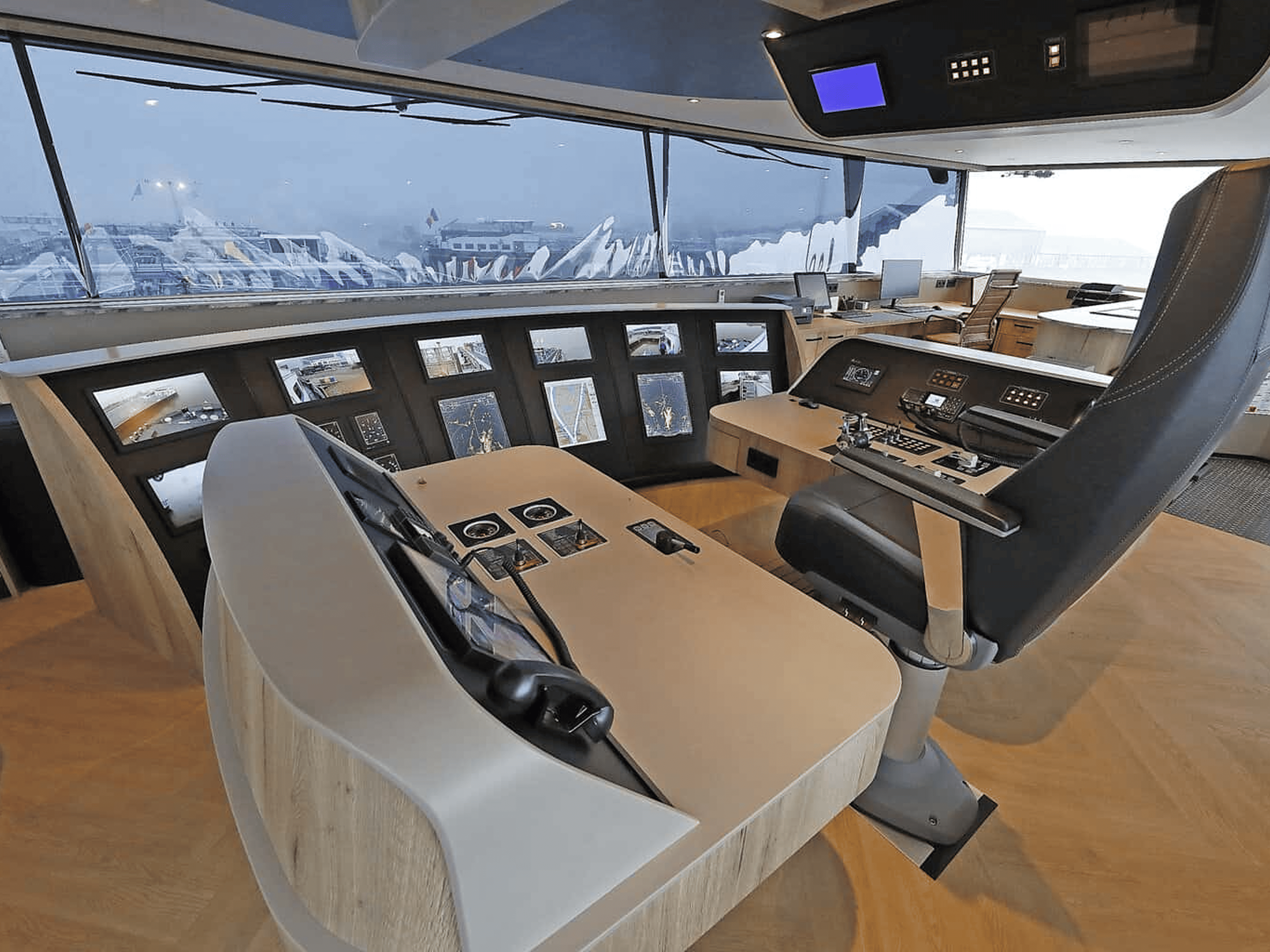
Readability in Every Condition
On the bridge, visibility cannot be compromised. Operators must be able to read critical information clearly during bright daylight on open waters, in reflection-prone wheelhouses and during night operations where glare must be reduced to a minimum. Any loss of clarity directly impacts safety and decision-making.
The monitors and touchscreens used by EMS are equipped with high-end IPS panels that provide wide viewing angles and anti-glare coatings. A dimmable backlight allows the brightness to be adjusted precisely to the ambient light conditions and operator preferences, whether through onboard controls, remote operation or external dimmers. This enables operators to set the screen brightness exactly as required and ensures optimal readability in every situation.
Seamless Integration on the Bridge
Every bridge installation demands hardware that adapts to the vessel, not the other way around. EMS required marine monitors that could be mounted flush into consoles while maintaining thermal stability and reliable performance in confined spaces. This was not limited to a single screen size, but often a mix of different formats depending on the available space and the requirements of the installation. The uniform architecture across the Beetronics product lines made this possible.
With identical mounting options, connectivity and functionality, integration is straightforward and efficient. Operators benefit from a clean, professional finish, while EMS gains the flexibility to combine different sizes and aspect ratios such as 16:9, 4:3 and 5:4. The product range spans from 7-inch to 32-inch displays, allowing engineers to create bridge layouts that remain cohesive regardless of the combination used.
We chose Beetronics displays for their easy mounting options, wide input voltage and versatile dimming. Our installers find them quick to integrate, and the long-term availability ensures we can always rely on the same models we have become accustomed to.
Ensuring Long-Term Continuity
Vessels are often modernized in stages, and equipment must remain available and serviceable over many years. Even small changes in panel specifications, housing dimensions or firmware can complicate maintenance and create unnecessary issues when an installation is replaced or expanded.
By standardizing on a stable product line, EMS secures continuity across its projects. Identical models remain available for future installations, ensuring compatibility with existing systems in both appearance and function. This reduces complexity in spare-part management, streamlines servicing and provides operators with a consistent interface they can trust. The straightforward installation process, combined with the long-term availability of the same hardware, means EMS can avoid teething issues and keep every project on the same proven foundation.

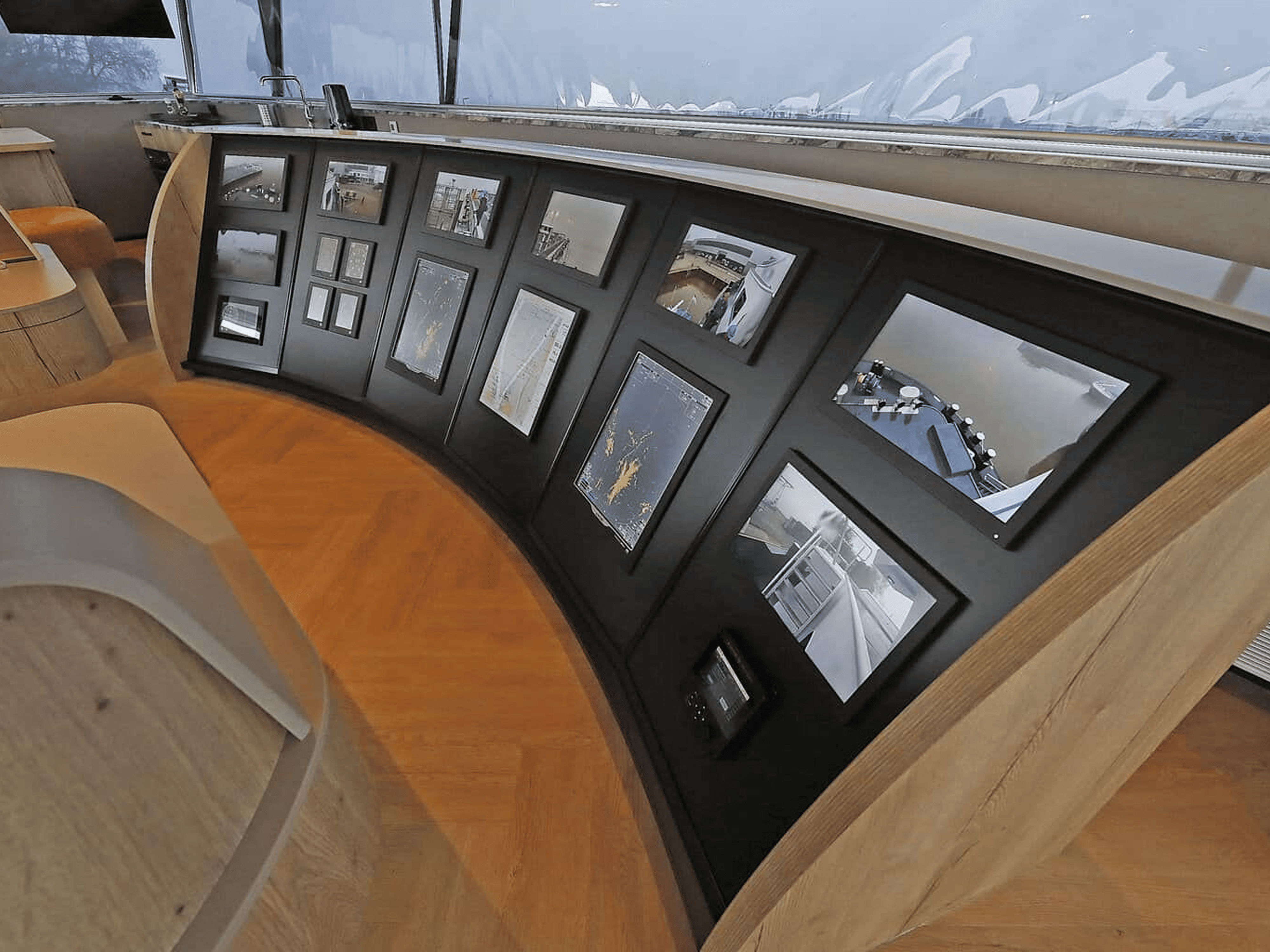
A Partnership at Sea
The collaboration between EMS and Beetronics has resulted in bridge systems that are modern, reliable and consistent. By combining EMS’s marine engineering expertise with Beetronics’s display-specific product knowledge, new bridge solutions are rolled out that deliver reliable operation, sharp image quality and intelligent functionality tailored to maritime requirements.
Want to learn more about marine display solutions or find out which model is best suited for your application? Our specialists are available to guide you through the options and answer any questions about Marine displays.
